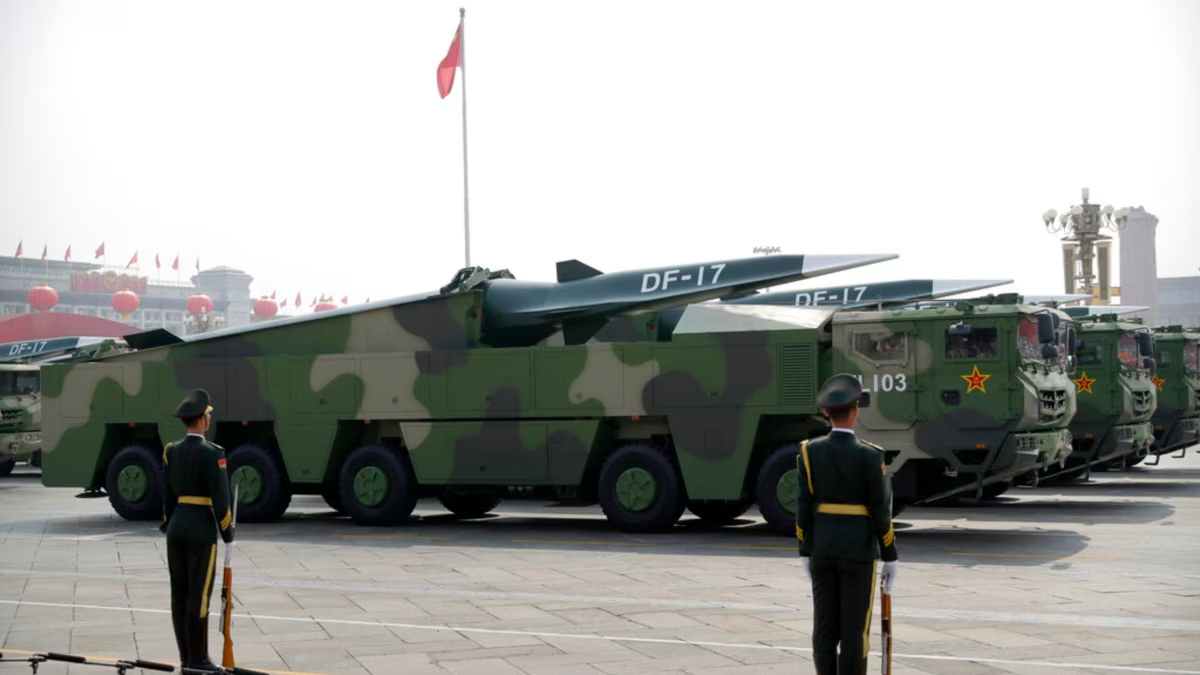On January 3, President Joe Biden issued a National Security Memorandum (NSM) introducing a transformative update to U.S. missile technology export policies under the Missile Technology Control Regime (MTCR). This policy shift underscores the administration’s dual commitment to nonproliferation and strengthening allied defense capabilities, signaling a nuanced approach to managing modern geopolitical challenges.
Revamping a 40-Year Legacy
The MTCR, founded by the G7 in 1987, is a cornerstone of international nonproliferation efforts, designed to prevent the spread of nuclear weapons by regulating missile delivery systems. Over the years, its scope expanded to address all Weapons of Mass Destruction (WMD). With 35 member nations, it remains one of the most successful frameworks in maintaining global security.
Recognizing advances in missile technology and the growing accessibility of such exports, the updated U.S. guidance modernizes the regime’s implementation, ensuring its relevance in today’s strategic environment.
Key Highlights of the Updated MTCR Guidance
- Case-by-Case Export Reviews
- The U.S. will now evaluate requests for Category I systems, such as military missiles, Unmanned Aerial Systems (UAS), and Space Launch Vehicles (SLVs), individually.
- This allows for flexibility in working with trusted allies while ensuring strict adherence to MTCR principles.
- Enhanced Defense Cooperation
- The new approach supports key alliances like AUKUS (United States, United Kingdom, Australia) and boosts the defense industrial base by streamlining defense trade with nations that uphold rigorous export controls.
- Support for Space Exploration
- The NSM ensures the MTCR does not hinder space exploration or international collaborations. Exports related to SLVs will be considered for vetted governmental or commercial programs that align with nonproliferation safeguards.
- This complements the U.S. Space Priorities Framework (USSPF), fostering international partnerships while maintaining global security.
- No Production Facilities Transfer
- In alignment with MTCR guidelines, the U.S. will not transfer complete production facilities capable of independently manufacturing Category I systems.
- Vigilance Against Proliferation Threats
- The updated guidance maintains a robust stance against WMD-related programs, especially in non-MTCR nations, and commits to disrupting networks attempting to bypass controls.
Balancing Nonproliferation with Innovation
President Biden’s directive seeks to strike a delicate balance: safeguarding global security while promoting innovation and international collaboration in defense and space exploration. By modernizing its approach, the U.S. aims to lead the way in addressing 21st-century challenges like dual-use technologies and regional proliferation networks.
This policy shift underscores the administration’s broader strategy of strengthening alliances and leveraging technological leadership to counter adversarial threats—all while reaffirming America’s enduring commitment to global security.
The NSM sets the stage for 2025 and beyond, ensuring the U.S. remains a proactive leader in the evolving dynamics of nonproliferation, defense, and international cooperation.









